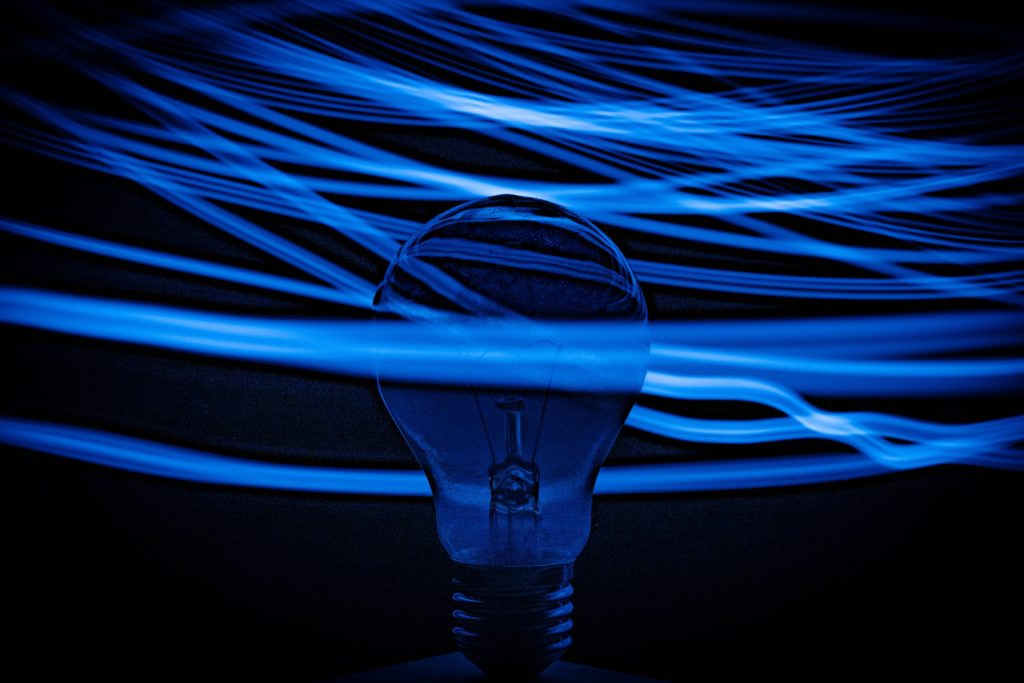The announcement follows similar moves by other energy giants, such as E.ON and EDF, to increase the amount consumers pay for their household electricity bills. They are the last of the big energy suppliers to push costs onto consumers.
Whilst other suppliers have blamed rising costs on the rocketing price of wholesale energy, British Gas owner Centrica has said that the price rise was due to higher transmission and distribution costs – a first amongst the Big Six.
With Ofgem currently conducting a review of the network price controls – their RIIO 2 consultation is due to be published in 2018 – there is a clear understanding amongst the industry that energy network costs need to be addressed, or they will be passed to consumers.
Alongside plans by Government to invest heavily in new technologies to facilitate the UK’s future energy system as part of its Industrial Strategy, it seems that steps are being taken to address the underlying problems in the market.
This action is welcome, but there are still challenges that the industry needs to address. First and foremost, the networks that carry our energy are outdated, built for a bygone era where electricity travelled one way and to fewer households.
One of the problems facing outdated infrastructure is the cost of electrical losses. The Digest of UK Energy Statistics puts UK electrical losses during transmission and distribution at 7.6%, amongst the highest in the EU. This is an added burden to consumers who, as part of their energy bill, are paying for the electricity that doesn’t make it to their homes.
Enertechnos’ innovative cable – the Capacitive Transfer System (CTS) – can help address this burden on consumers by reducing the amount of electricity that is lost during distribution. Cost-competitive with conventional cable, the CTS improves the efficiency of the network while using the same jointing systems that DNOs currently employ.
With the energy system rapidly evolving and UK consumers facing increasingly high household bills, the UK Government must start investing in technologies that improve the efficiency of the energy network. The Government needs to act to ensure consumers get a fair deal and upgrading the UK energy network should be part of the solution.
—


